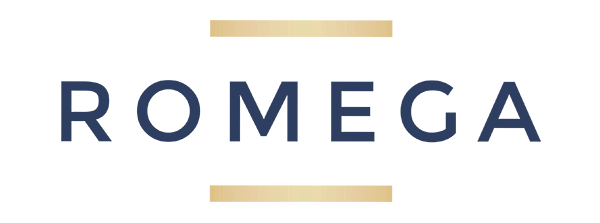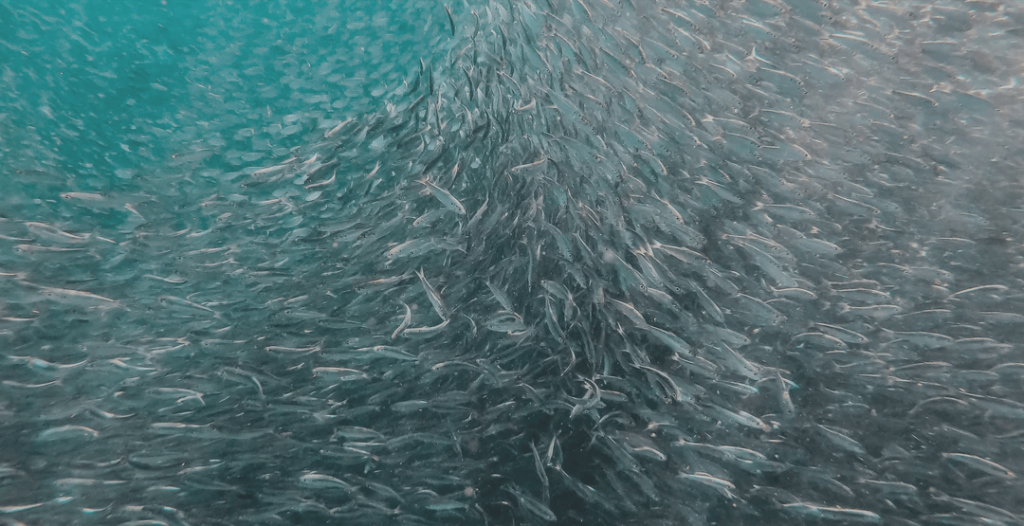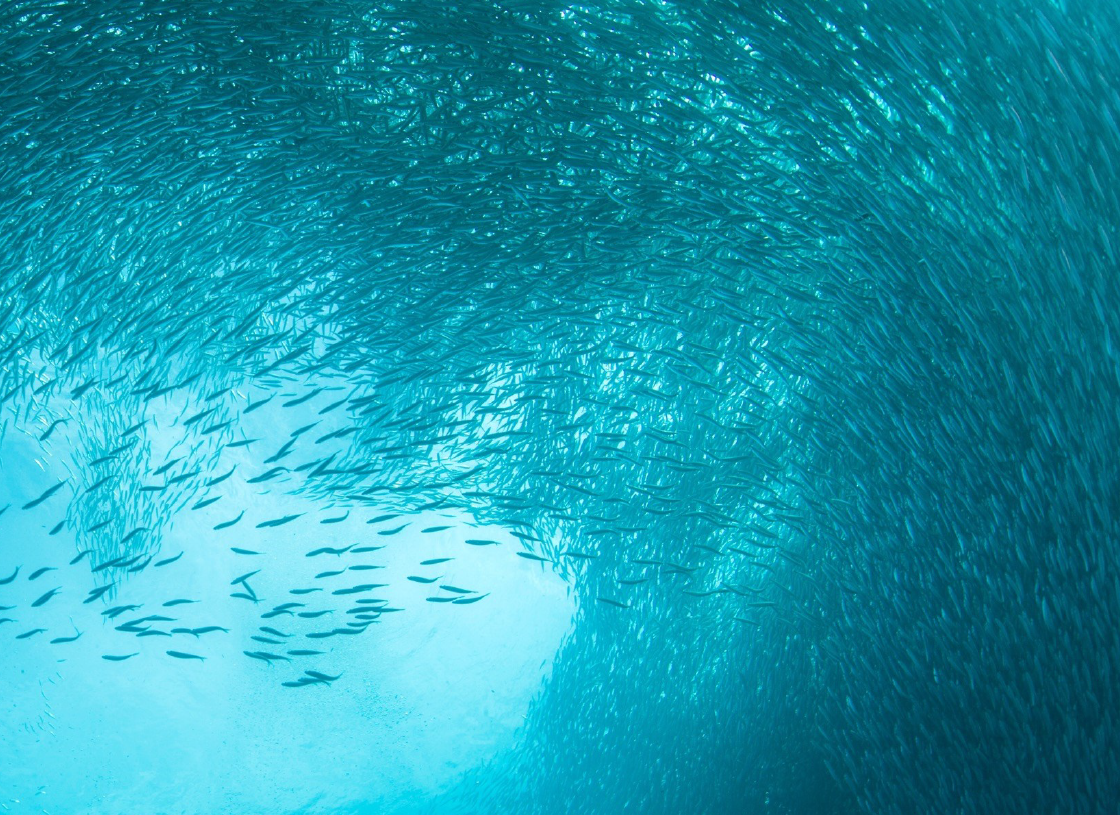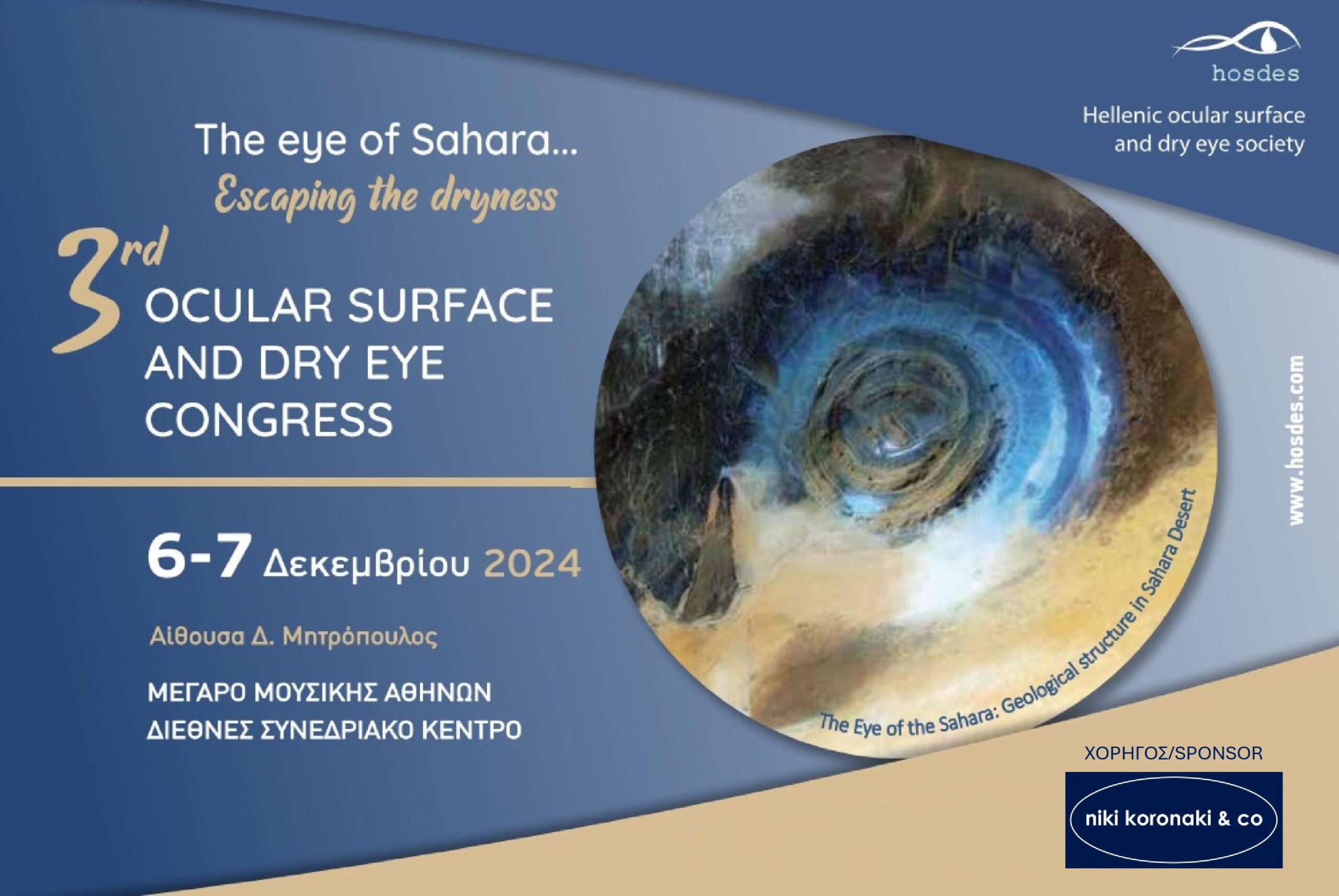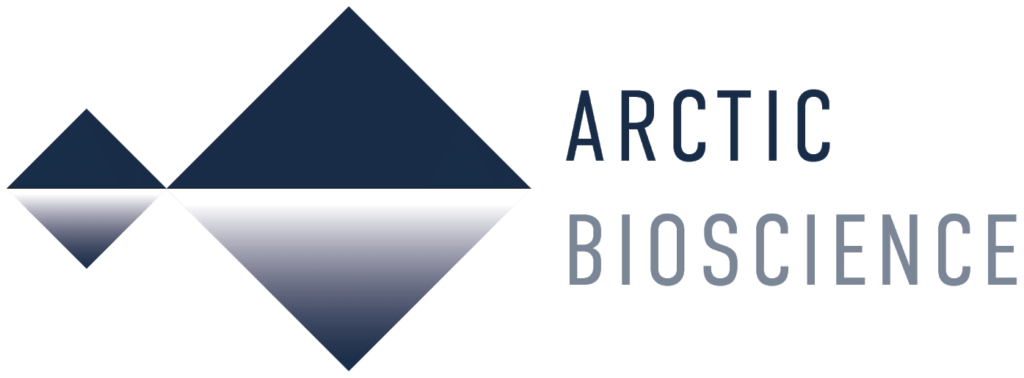We at Arctic Bioscience (formerly Arctic Nutrition) are proud to call Romega one of Norway’s most sustainable sources of omega-3. Being sustainable means contributing to a development that satisfies today’s needs without destroying future generations’ opportunities to satisfy their needs. Sustainability as a term can sometimes feel “used up”, and many people use it without a good enough basis. In practice, all companies can say that they are sustainable, without this necessarily being true.
As a user of Romega, you can be sure that our product is sustainable. That is why we will gradually take you through the journey to Romega, as one of Norway’s most sustainable sources of omega-3.
Herring from sustainable fisheries
We have good cooperation with local fisheries, which deliver herring to the fish reception at Pelagia Liavåg. All fishing boats that deliver herring to the reception are certified through MSC, the Marine Stewardship Council , an international non-profit organization established to ensure sustainable fisheries. 1
The herring stock is large and well regulated
Right up until the 70s, herring was an everyday staple on the Norwegian dinner table. In the same period, overfishing led to the herring, tragically, almost disappearing. 2 Today, fisheries in Norway must adhere to certain quotas, to ensure that there is always enough fish in the sea. It is a quota that determines how many tonnes of fish can be fished from specific shares of the spawning stock.
Year class composition is a factor that determines the size of the quotas, as it is important that the composition is always stable. If there is a bad year class one year, the quota will go down, and if there is a good year class, the quota will go up. This is decided on the basis of the age composition of the particular population.
“If you have a large stock, where the largest proportion of the fish are ripe for spawning, then there will be a lower quota. If there is a population with many yearlings, then there will be a larger quota. That’s how it works,” says founder Hogne Hallaråker.
In addition, management is based on other fish species. For example, cod eats other types of fish, including herring. If there is a large stock of cod one year, this will naturally affect the herring stock.
“It is therefore important that all species are managed in conjunction with each other. In other words, that herring and mackerel are managed against other white fish, such as cod and haddock,” says Hogne.
By conducting such fisheries management, it will be ensured that future fisheries can operate in the same way as it is done today. Norwegian spring-spawning herring are closely monitored, precisely to ensure a large and sustainable population.
Enormous shoals of herring along the Norwegian coast
Herring operate in shoals. During the spawning period, they will congregate in large numbers in a limited area. The fact that the herring operates in huge shoals makes it easily available for fishing, and therefore less fuel is used in the fishing process. Production of herring emits a very low carbon footprint, and is actually considered one of the most environmentally friendly species in food production. 3
Today, there are huge shoals of herring along the Norwegian coast, and herring is potentially the largest fish stock in the Atlantic. According to the Norwegian Institute of Marine Research, a large shoal of herring can weigh as much as the entire population of Norway. In 2006, the spawning population of Norwegian spring-spawning herring alone was over 10 million tonnes.
Low trophic level
The herring is directly sustainable because it is a species that lives at a low trophic level. This means that the herring is not a predatory fish that eats other fish species, but that it eats plankton. Herring is therefore low on the food chain, and the lower the trophic level, the less environmental taxes are also accumulated in the species.
“The further down the food chain you are, the more sustainable it is to exploit the current species. Herring eat plankton, not other fish – they are therefore herbivores. This is better than, for example, cod, which are cannibals.”
The world’s best raw material
The spring-spawning Norwegian herring is fished to make fillets that are sold abroad. When the fish has been filleted, all fish parts are sorted for different purposes. In the past, herring roe has been unused or used as animal feed.
“When the roe comes out with the offal, we take it away from the rest, so that we can use it further. The rest of the offal goes to animal feed.”
Herring roe is therefore a residual raw material that we have put to use in a new way. This extends the food chain for the herring, and leads to good utilization of marine resources, since the herring is used in its entirety to a greater extent.
Herring is a complete raw material, and is packed with important vitamins and nutrients. Herring roe contains large volumes of the important omega-3 fatty acids DHA and EPA. Extracting fat from roe is a very demanding process. At Arctic Bioscience, we have researched methods for extracting these nutrients. Innovative technology has been crucial in this process, but how this is carried out in detail is our own big secret.
Local value creation
Arctic Bioscience is located in Ørsta in Sunnmøre – a town with long traditions in herring fishing. For us, it is also about taking care of local fishing along the coast, and thus helping to safeguard an important coastal heritage. At the same time, it is quite unusual to have such a research environment of international caliber in such a small town as Ørsta.
“We are a lipid development company, which is specialized in lipid technology and processing. This is completely new on our side.”
Production of Romega has a low energy consumption throughout the value chain before export. At the same time, we are working on the development of a new factory at the head office in Ørsta, and will thus gain full control over the entire production chain. The herring, which is fished in the sea off the Mørekysten coast, will have a short journey to the finished product when the new factory is ready.
The local factory will provide more jobs, an all-Norwegian value chain of a sustainable and short-travel dietary supplement, and at the same time contribute to a positive boost for the Norwegian health industry. 4

One of Norway’s most sustainable sources of omega-3
The future success of the Norwegian biomarine industry is predicted to be linked to a greater focus on optimal use of sustainable marine residual raw material. 5 This way of thinking is the very foundation of Arctic Bioscience.
Focusing on sustainability is not only about being kind to the environment, but also about thinking smart and long-term. Through optimized utilization of the Norwegian spring-spawning herring, we contribute to the emergence of a future-oriented industry. We are proud to be able to offer a product that benefits both public health and the biomarine industry, and which in the process safeguards and builds on environmental considerations.
Operating sustainably is a social responsibility, and we take that seriously.
1. https://www.msc.org/no/hva-vi-gjoer/vaar-tilnaerming/hva-er-baerekraftig-fiske
2. https://www.framtiden.no/gronne-tips/mat/dette -er-verdens-mest-barekraftige-fiskemat.html
3. https://www.framtiden.no/gronne-tips/mat/sjekk-hvilken-mat-som-er-best-for-miljoet.html
4. https ://www.lmi.no/2020/03/27/arctic-nutrition-bygger-ny-farmasoytisk-fabrikk-i-orsta/
5. https://fiskeribladet.no/tekfisk/nyheter/?artikkel=59885
